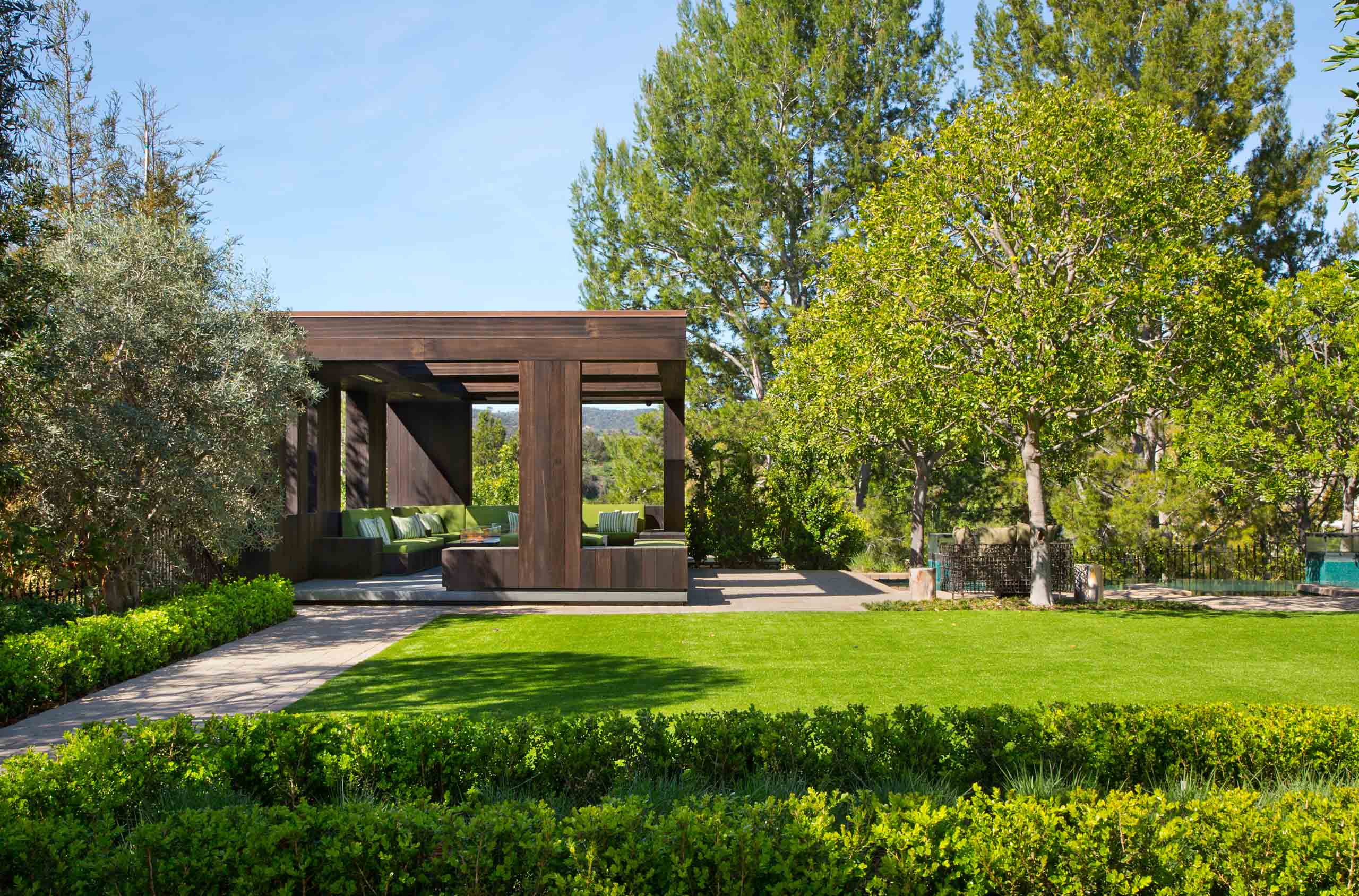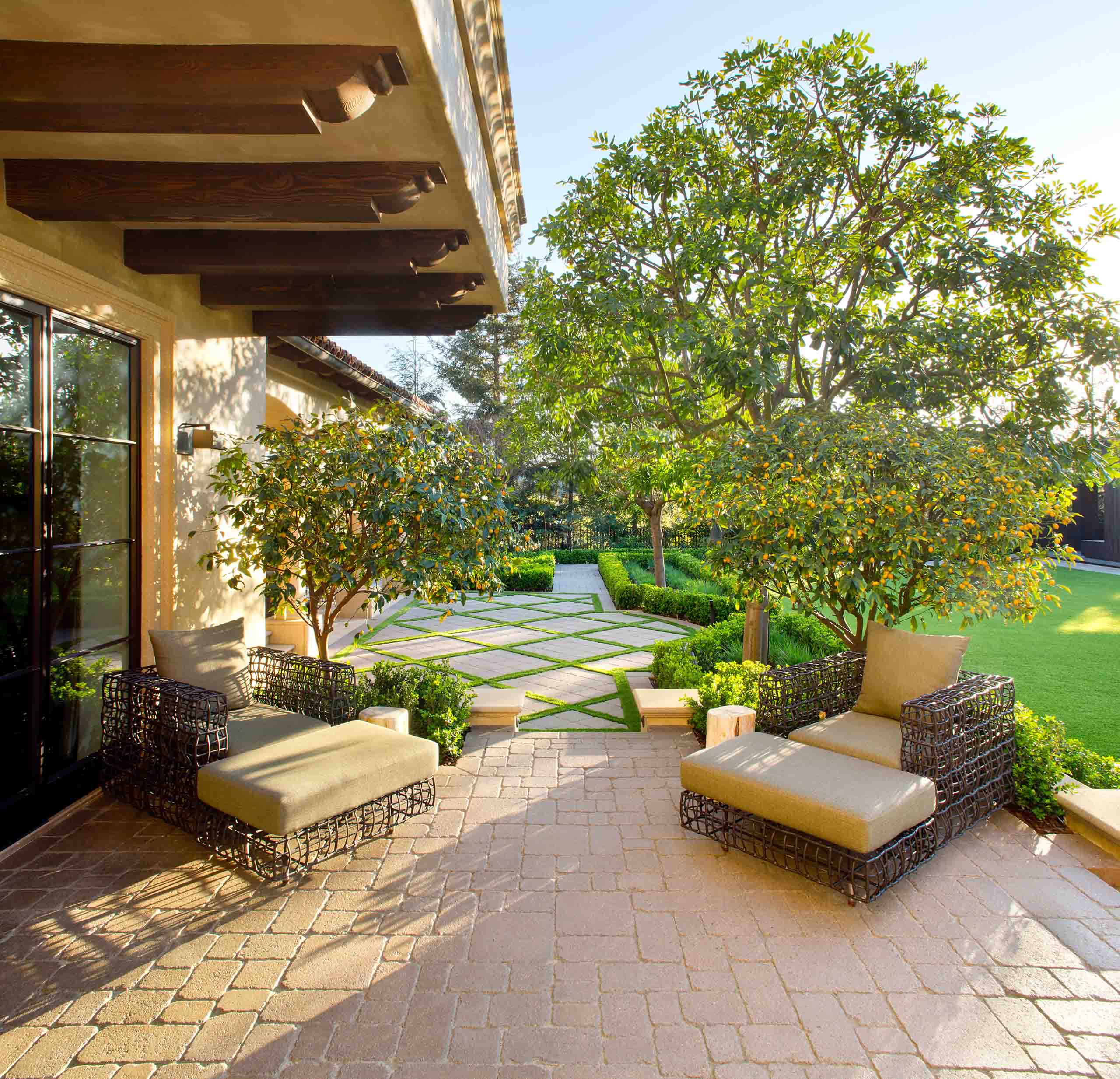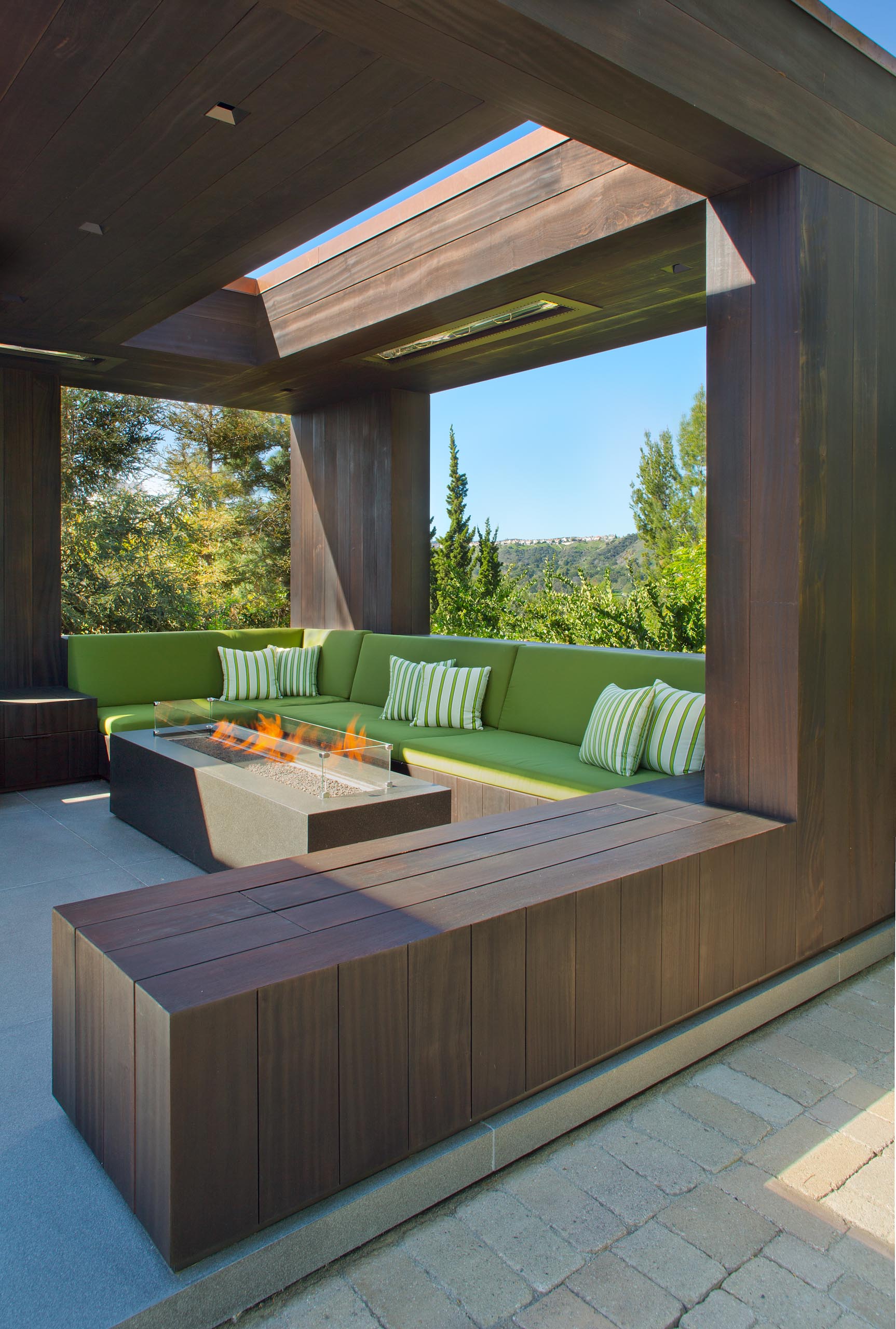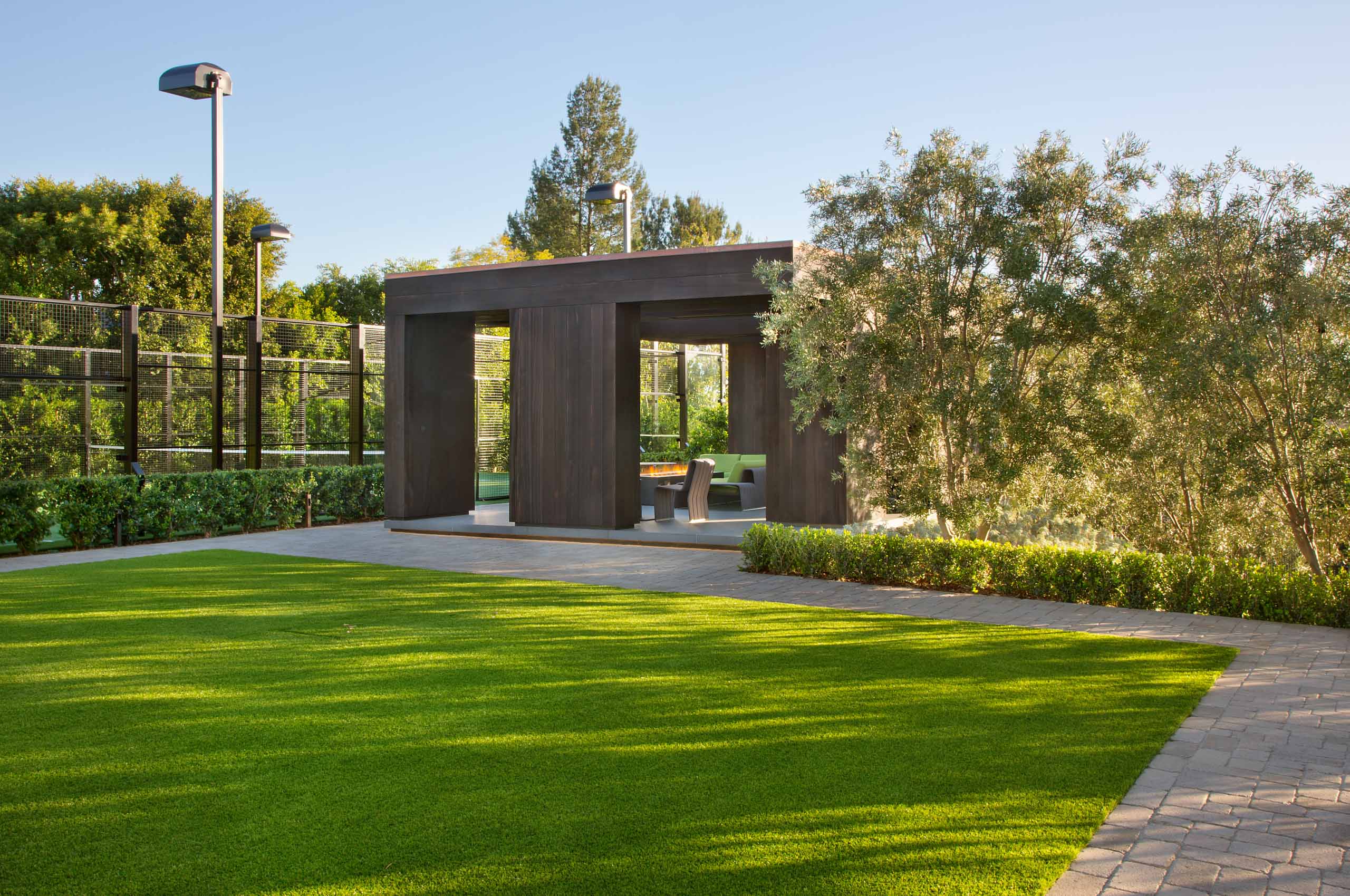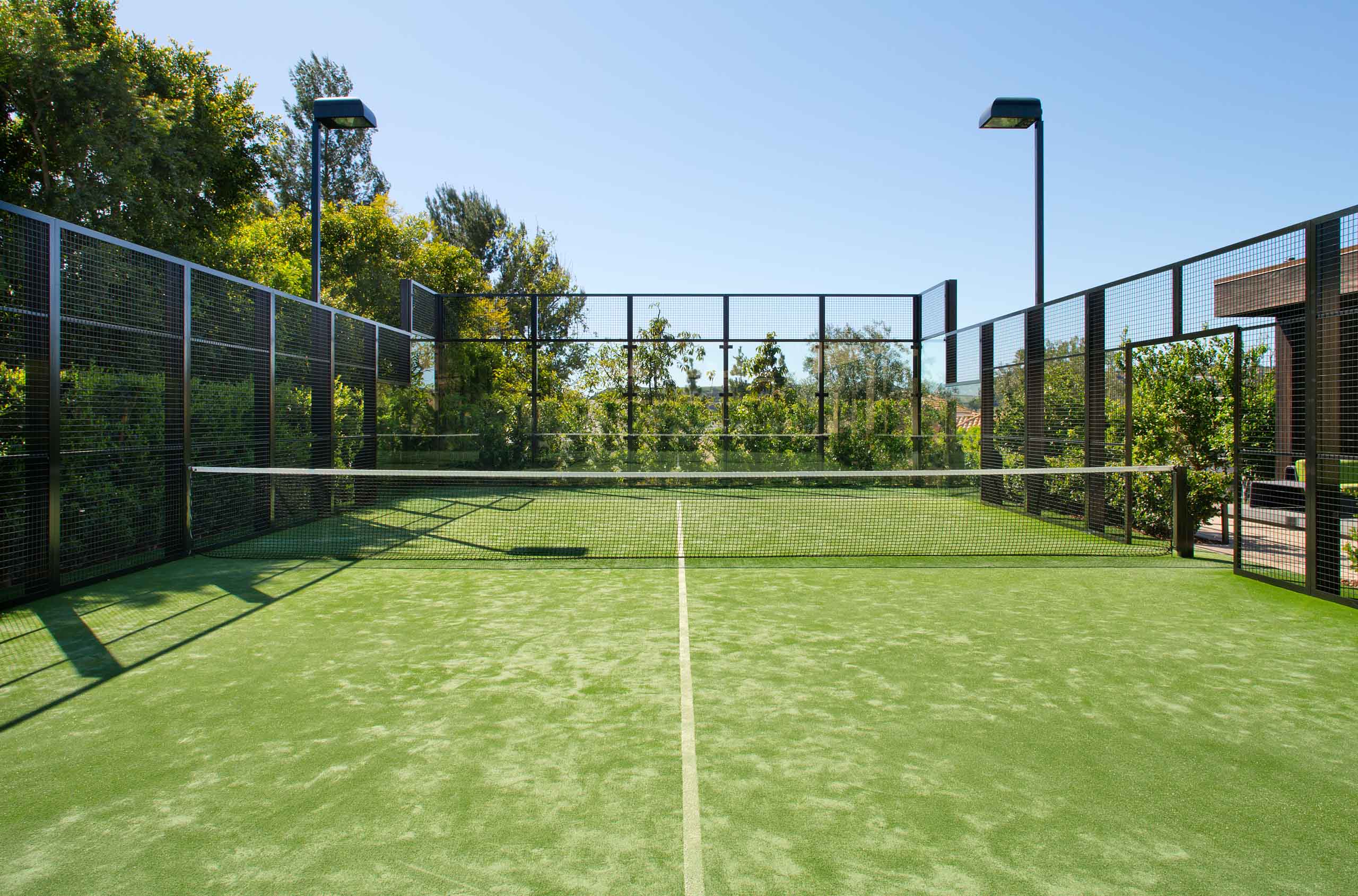PadelBox is a brand that has been making waves in the Padel market with their innovative approach to the game. They have recently introduced a unique feature that sets them apart from the competition: two-toned grass, therefor this fresh and new approach to the traditional game of Padel is quickly gaining popularity among players in the USA, where PadelBox has become the expert brand.
What sets PadelBox two-toned grass by Real Turf USA apart is its visual appeal. The contrast between the green and blue grass creates a unique and eye-catching effect, making it a cool addition to any Padel court. But, it’s not just about looks. The two-toned grass has functional benefits as well. The darker grass acts as a reference point for players, helping them determine the position of the court’s back wall. It also helps players judge the ball’s trajectory better, improving their gameplay.
PadelBox innovative approach to the game has been well-received by players and enthusiasts alike and the two-toned grass will be a game-changer, offering a fresh and new experience for players.
PadelBox two-toned grass is a breath of fresh air in the Padel market. If you’re a Padel player looking for a cool and new experience, be sure to check out PadelBox and their two-toned grass courts.








